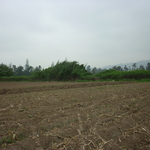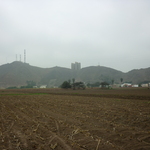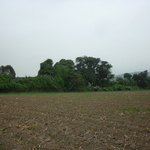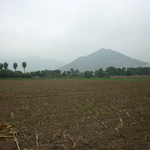July 2011 - Climate and Land Cover Project
July 2011 CLC Summary
Dear GLOBE Students and Teachers,
Thank you so much for your effort and time to help us better understand the Earth's land cover and climate and improve the global land cover database during the July 2011 Climate and Land Cover (CLC) project.
The photographs from this Intensive Observing Period (IOP) capture the representative land cover sites very well. We encourage participants to look at a bird's eye view of your neighborhood by downloading Google Earth software and typing your home or school address in the search window. After analyzing your surroundings, take a landscape photograph that represents your neighborhood. The CLC Project is about observing the landscape that is in your neighborhood; identifying what type of land is covering the earth in your location; determining what type of landscape it is (ex. urban, cropland, etc), and documenting the site with four photographs in each cardinal direction. Also bring along a GPS to document the correct latitude and longitude. Many photographs submitted in this last IOP had accurate GPS coordinates and photographs representative of the landscape. This allows us to validate the land cover of the Earth.
At this time, we would like to highlight the Universidad Nacional Agraria La Molina (UNALM) in Lima, Peru, for going out to a specific latitude and longitude and taking photographs at our request. Their readings were beneficial to accurately identify the type of landscape in their area, which was challenging to determine by just looking at satellite imagery. We encourage all schools to ask for help anytime when identifying a landscape representative of their neighborhood.
This school had participated in the April-May 2011 IOP, and submitted photographs of land cover site LCS-01 near their school. After reviewing the area and the pictures submitted in May, we asked UNALM to also take photographs at a specific latitude and longitude to validate the cropland area near their school (site LCS-02). The land cover databases showed their area as urban, where in fact there was cropland in the area. The photographs shown below were submitted by UNALM in the July IOP at site LCS-02 showing the cropland area. These pictures that UNALM took helped us validate that the land cover in their area was in fact cropland. Furthermore, UNALM also continued to submit photographs of site LCS-01, which is important to help keep record of the seasonal changes occurring at each land cover site.
We would like to thank everyone who participated in the July 2011 IOP again for your contributions to the science of land cover and climate. We hope you'll participate in future IOPs as part of the GLOBE Student Climate Research Campaign.
Sincerely,
The Climate and Land Cover Science Team

North
|
||

West
|

East
|
|

South
|
Figure 1. Land cover photographs from UNALM school in Peru at site LCS-02 to verify cropland in the vicinity of their school (July 2011)





